Teachers across the world are increasingly aware of the importance of high quality STEM education. Whilst the reasons for this are varied, it seems obvious that we need a focus around our natural world and developing new tools will allow us to cope with some of the ‘wicked’ problems we now face.
In response to this, STEM education has received a vast increase in investment which has resulted in more training, new resources and new competitions. Science and Technology education seems to have taken centre-stage!
“We cannot solve our problems with the same thinking we used when we created them”
Albert Einstein
While we are finding ever more innovative ways to teach kids about STEM, we have less approaches focussed on teaching kids how to become more innovative. Much of the STEM resources and programmes that are widely used involve highly structured activities where students follow predetermined instructions in order to reach predetermined outcomes. While these structured experiences are valuable when guiding an exploration of specific concepts, they do not reflect the messy and divergent way these disciplines create and evaluate new knowledge and create innovative ideas.
If we are to help students learn to develop solutions to emerging wicked problems and be able to critique claims in the age of fake news - something else is required!
“If I have seen further, it is by standing on the shoulders of giants”
Sir Isaac Newton
STEM Unleashed is a programme that empowers teachers to overcome these challenges by learning to design tasks to help students build knowledge collaboratively; in the same way as scientists and open source technologists.
These tasks involve the setting of open-ended engineering challenges. Small groups of students are encouraged to develop their own solution whilst remaining connected to the work and learning of others. Whilst this allows a classroom collective to ideate and test far more ideas than any isolated group, our peer review process extends this by turning these different experiences into collective intelligence.
As teachers begin using our STEM Unleashed innovation cycle, they learn to guide students through the three stages outlined below. Each of these stages provide enough structure to guide practice whilst still providing enough student agency to support creativity and innovation.
Open exploration
At this stage students are free to tinker and explore as they seek to solve an engineering challenge. Teachers learn to create challenges that are complex enough that no isolated group can work through as many ideas as a network of collaborating groups. This creates an imperative for collaboration.
Claims and critique
Teachers learn to use our tried and tested “Peer Review Process” to help a classroom full of students focus their collective minds and make and critique claims.
Building collective understanding
The final stage involves supporting students as they seek to build consensus around ideas that are shared. This is where the collective determines which of the claims should be trusted and what new questions might have emerged.
Our programme are focussed on setting a low barrier to entry and a high ceiling of possibility. We make use of inexpensive materials, demand no prior knowledge and can cater to all levels of experience.
Why would you not want to Unleash STEM?
““STEM Unleashed really opened my eyes to getting away from science being ‘following a procedure’ to students actively exploring a scenario. This has transformed how I present science to my students””

